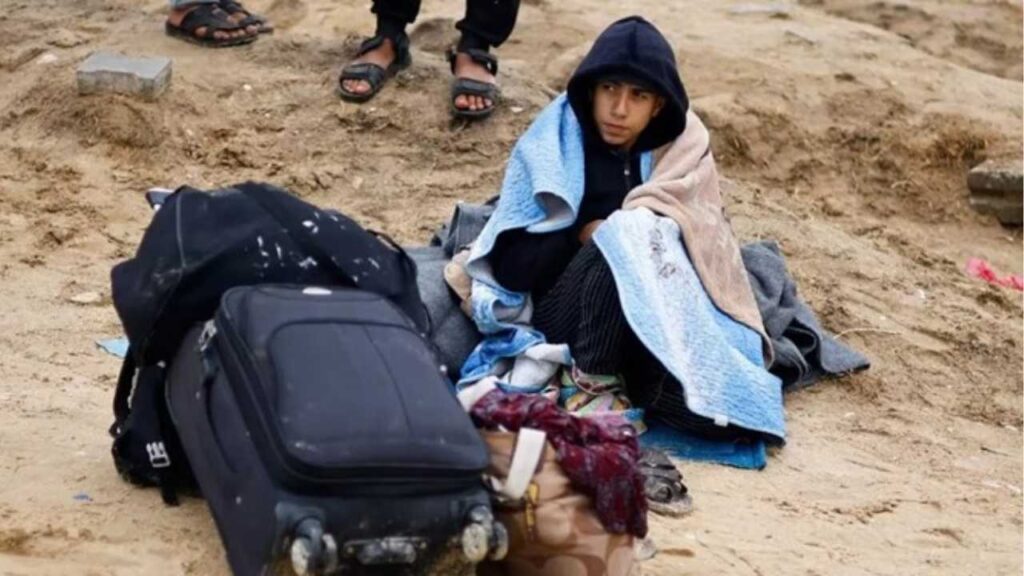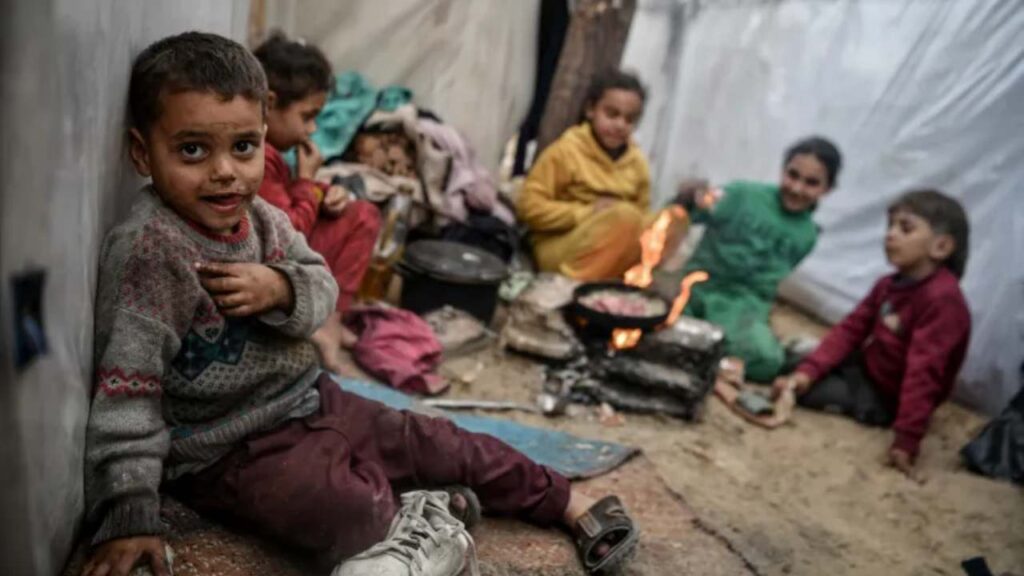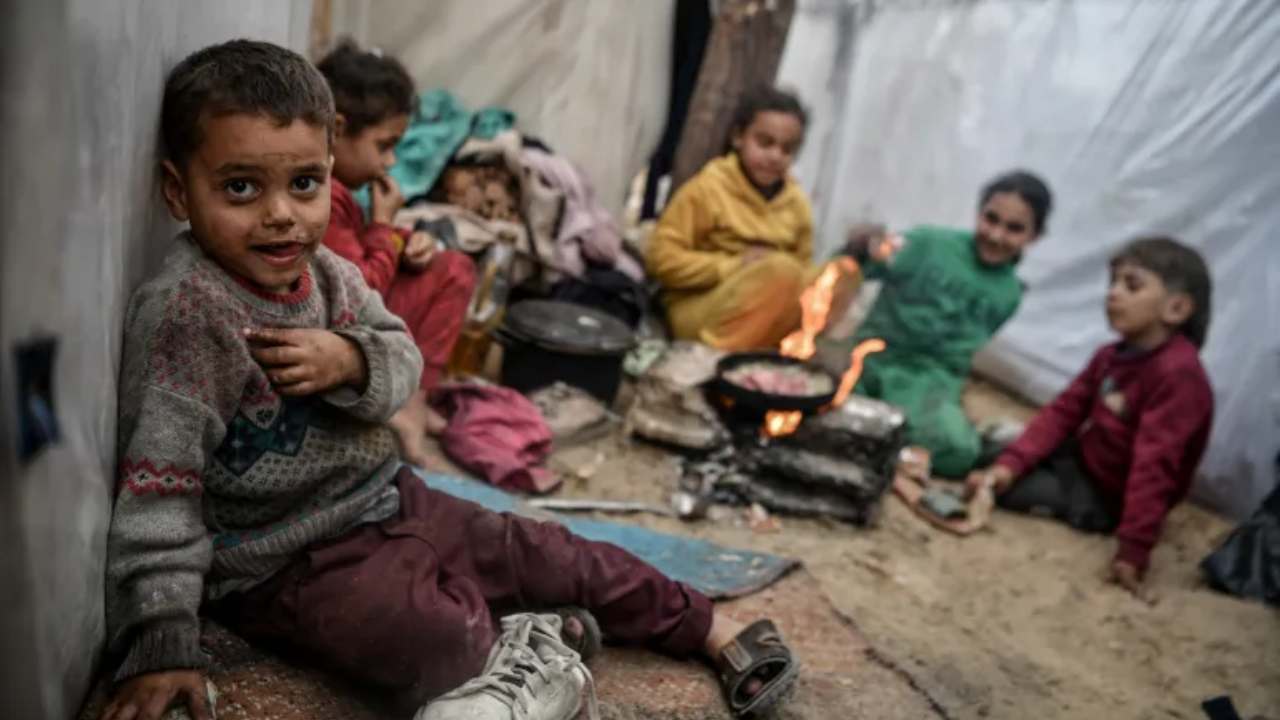Israeli authorities said on February 2 that they are expanding their military operation to remove Hamas from Gaza to Rafah, a city on the border with Egypt, which is one of the last remaining refuges in the strip.
“We finished the mission and will keep going to Rafah,” Defense Minister Yoav Gallant said on social media on Friday. He explained that Israeli forces had taken apart a militant group in the city of Khan Younis, which is a bigger city less than seven miles to the north.
“Pressure cooker of despair”
Rafah, once home to an estimated 280,000 people, has seen its population skyrocket to at least 1.4 million, a fivefold increase since October 7. The majority of Gazans, almost nine out of ten, have been displaced due to the ongoing conflict, leading to a significant demographic shift in the Gaza Strip.

Aid workers and humanitarian organizations have raised alarms about the densely populated and already vulnerable situation in Rafah. Many civilians, displaced multiple times, face the risk of famine and sickness. The International Rescue Committee warns of the potential loss of life if the conflict escalates further in this crowded area.
Israeli Defense Minister Yoav Gallant announced the expansion of military operations to Rafah but did not provide details about specific plans. Previous Israeli airstrikes in the region, including an incident near the Kuwaiti Hospital in December, have resulted in civilian casualties, adding to the growing humanitarian crisis.
With over half of Gaza’s population now in Rafah, the city has become a “pressure cooker of despair,” according to Jens Laerke, a spokesman for the UN Office for the Coordination of Humanitarian Affairs. Tents, makeshift structures, and open spaces are housing thousands, and the winter weather escalates the misery, with reports of acute watery diarrhea raising concerns about potential cholera outbreaks.
Insufficient Aid, Children “looking for scraps of food”
Aljazeera reported that more than one million hungry, cold, and sick displaced Palestinians await Israel’s planned attack on Rafah city with children roaming the streets “looking for scraps of food”. In separate comments, UNICEF said it estimated that 17,000 children in Gaza were unaccompanied or have been separated from their families during the conflict, which began on Oct. 7 in the wake of attacks by Hamas gunmen in southern Israel.

Jonathan Crickx, UNICEF’s chief of communication for the Occupied Palestinian Territories said, “They present symptoms like extremely high levels of persistent anxiety, loss of appetite. They can’t sleep, they have emotional outbursts or they panic every time they hear a bombing,”
“Before this war, UNICEF was considering already that 500,000 children were already in need of mental health and psychosocial support in Gaza. Today, we estimate that almost all children are in need of that support, and that’s more than 1 million children.”
Despite being on the border with Egypt, Rafah is not receiving enough aid to meet the escalating needs of its desperate population. Humanitarian groups emphasize the urgency of allowing more trucks filled with food and supplies to enter Gaza. The challenging living conditions like the post-1948 war refugee stories, include overcrowded toilets, long queues, and public health risks.
The humanitarian crisis is further complicated by a political one, with at least ten Western governments suspending funding to UNRWA, the primary logistical force for aid in Gaza. This decision follows Israeli allegations of UNRWA employees’ involvement in attacks and accusations of support for militant groups within the organization.









